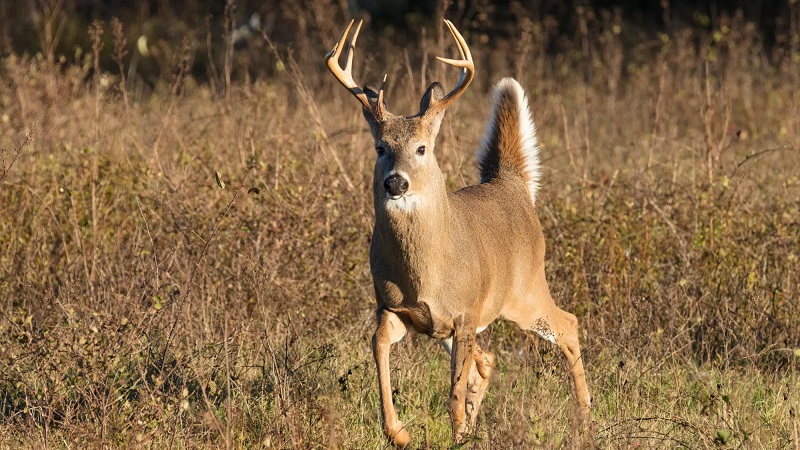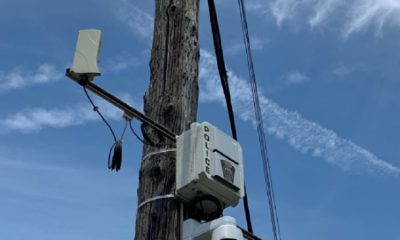Local News
Indiana’s first-ever positive case of the fatal chronic wasting disease has been reported by DNR

Indianapolis, Indiana – White-tailed deer are susceptible to a devastating neurological condition called chronic wasting disease, which the Indiana Department of Natural Resources (DNR) verified as the first positive case in the state on Friday.
According to state officials, the positive case was discovered in LaGrange County, in northern Indiana, it is close to an area in Michigan where the condition, also known as CWD, has been found in the past.
State officials say that the male Indiana white-tailed deer that tested positive for CWD was shot by a hunter. The animal tested positive for the illness in two different tests.
According to a news release from Indiana DNR deer biologist Joe Caudell, 33 states—including all of those that border Indiana—have reported cases of CWD in wild deer.
He went on to say that the likelihood of discovering CWD in this region of Indiana was “highly likely” because it had already been found in Michigan, close to the Indiana border. DNR will keep an eye out for CWD in the area as a result.
“We have had positive cases of CWD in all of the surrounding states for a long time,” Caudell added. “During deer hunting season, the public can assist by reporting to the DNR any sightings of sick or dead deer and by submitting harvested deer for testing.” We may endeavor to monitor CWD within Indiana’s deer population by testing and raising awareness.
The Indiana DNR reports that no human cases of CWD infection have been documented.
Before consuming the meat, hunters should “strongly consider” having their harvested deer tested, according to the Centers for Disease Control and Prevention (CDC). Eating meat from an animal that tests positive for CWD is also discouraged by the CDC.
Researchers think that a misfolded protein that harms the animal’s neurological system is what causes CWD.
The CDC states that those proteins most likely transfer between animals through bodily fluids such as blood, urine, saliva, or feces—either directly through touch or indirectly through environmental contamination of food, water, or soil. Even after an infected deer has passed away, other animals may still come into contact with CWD from the surroundings.
Accordingly, CWD can transmit from deer to deer in Indiana or through contaminated habitats, and it can linger in the soil for a long time. The Indiana DNR issues a warning that animals with advanced CWD may appear malnourished, behave erratically, and display “neurological irregularities.”
Reporting dead or sick wildlife to the Indiana DNR can be done online.
The different deer hunting seasons in Indiana are open from mid-September through the end of January.
Hunters have the option to voluntarily drop off deer heads at one of the state’s several CWD sampling facilities to have the animals examined for the disease during hunting season. Once lab testing is finished, test results will be available for individual hunters to view online.
-

 Local News2 weeks ago
Local News2 weeks ago3 Indiana school districts asking voters for funding in May primary election
-

 Local News2 weeks ago
Local News2 weeks agoHendricks Co. Sheriff’s deputy dies after being electrocuted at crash scene
-

 Local News2 weeks ago
Local News2 weeks agoMyles Rice, a former Pac-12 Freshman of the Year, has committed to Indiana
-

 Local News1 week ago
Local News1 week agoMan who won the primary election despite being accused of murder was found guilty of a lesser crime
-

 Local News2 weeks ago
Local News2 weeks agoIndiana limits abortion data for privacy under near-total ban; some GOP candidates push back
-

 Local News2 weeks ago
Local News2 weeks agoRepresentative from Indiana invites people to attend the IBLC town hall series
-

 Local News2 weeks ago
Local News2 weeks agoA decrease in gun violence signifies South Bend’s accomplishment
-

 Local News2 weeks ago
Local News2 weeks agoWhile searchers continue to look for missing kayakers, experts warn of a deadly dam in the White River






Leave a Reply